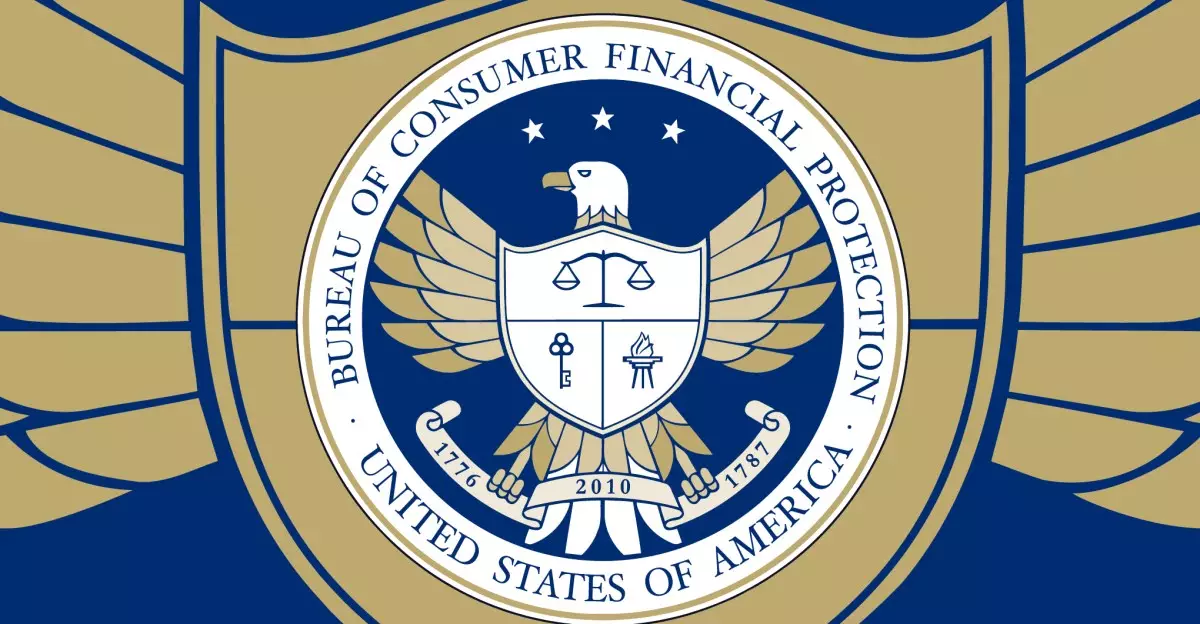In recent weeks, the Consumer Financial Protection Bureau (CFPB) has become ground zero for a legal and administrative crisis that highlights the fragility of stability in government employment. A mandate from the court has led to a tumultuous process of reinstating employees who had previously been terminated. However, even with the reinstatement notices, many of these employees still find themselves in limbo, facing a perplexing situation where their jobs are “restored” in name only. This bizarre twist begs the question: what does reinstatement truly mean when employees are left on administrative leave without clear guidance on their next steps?
The CFPB situation lays bare the chaotic aftermath of hasty administrative decisions influenced by political winds. These dismissals, executed in part due to directives from Elon Musk’s recently appointed Department of Government Efficiency, were met with public outcry and legal challenges. The court ruling requiring the reinstatement of around 70 to 100 employees is a critical attempt to push back against what many saw as arbitrary purges designed to weaken the agency. Yet despite this ruling, the actual implementation seems riddled with complications and a stark lack of organizational clarity.
A Challenge to Employee Rights
The ramifications of this chaotic administrative landscape extend far beyond the walls of the CFPB. The predicament faced by employees who have had their responsibilities restored while still being sidelined raises significant concerns regarding workers’ rights and the sanctity of due process. Ideally, when a court reinstates a worker, that reinstatement should come with unambiguous terms, allowing them to resume their roles without unnecessary bureaucratic hurdles. Instead, many are still struggling to regain access to basic IT systems and equipment necessary to perform their duties.
Moreover, conditions surrounding the reinstatement process highlight a potential breach of trust between the employees and their employer. Communication has been muddled; employees receive notices urging them to acknowledge their reinstatement while simultaneously facing uncertainty about when they can actually return to work. This lack of informative dialogue lands hard on morale, fostering an environment of anxiety where employees are unsure of their standing within the agency. For someone trying to rebuild their professional life after arbitrary termination, this ambiguity could be devastating.
Federal Agencies Under Fire
One of the larger themes emerging from this debacle is the spotlight on federal agency operations under politically charged administrations. The CFPB was designed as a shield for consumers against financial abuses, yet it finds itself at the epicenter of what many view as a politically motivated dismantling. A union representing CFPB workers has accused the administration of attempting to illegally wind down the agency. In essence, the CFPB represents an increasingly rare breed of institutions aimed at consumer protection, and the struggle to preserve its workforce raises alarms about the future of similar agencies.
While some in leadership, like Adam Martinez, report that the current administration is adopting a “more measured” approach, the unsettling fact remains that the agency’s foundation is staked on the process of handling mass firings. All the while, testimonies from both employees and leadership reveal a stark divide in perceptions of the agency’s trajectory. These conflicting narratives create a precarious environment in which employees are left not knowing whether to hope for stability or prepare for the worst.
The Human Cost of Administrative Decisions
The ultimate question emerges: what is the human cost of these administrative decisions? Individuals who have dedicated a significant portion of their professional lives to achieving consumer protections suddenly find themselves stripped of their roles at the flick of a political switch. Whether these employees can quickly reintegrate into the workplace or if they will face lingering effects of this experience remains unclear. In a world where job security is increasingly tenuous, the fallout from such administrative chaos serves as a poignant reminder of the nearly invisible forces that shape our lives and livelihoods in the public sector.
As the CFPB continues to navigate the rocky waters of reinstatement and employee management amidst political upheaval, the broader implications of these events provide a sobering commentary on the human impact of bureaucratic decisions. It’s a challenging moment for the agency, the employees it serves, and the consumers who rely on its regulatory oversight, leaving one to consider: how much longer can this institution withstand the storms of political interference before it loses its purpose entirely?

